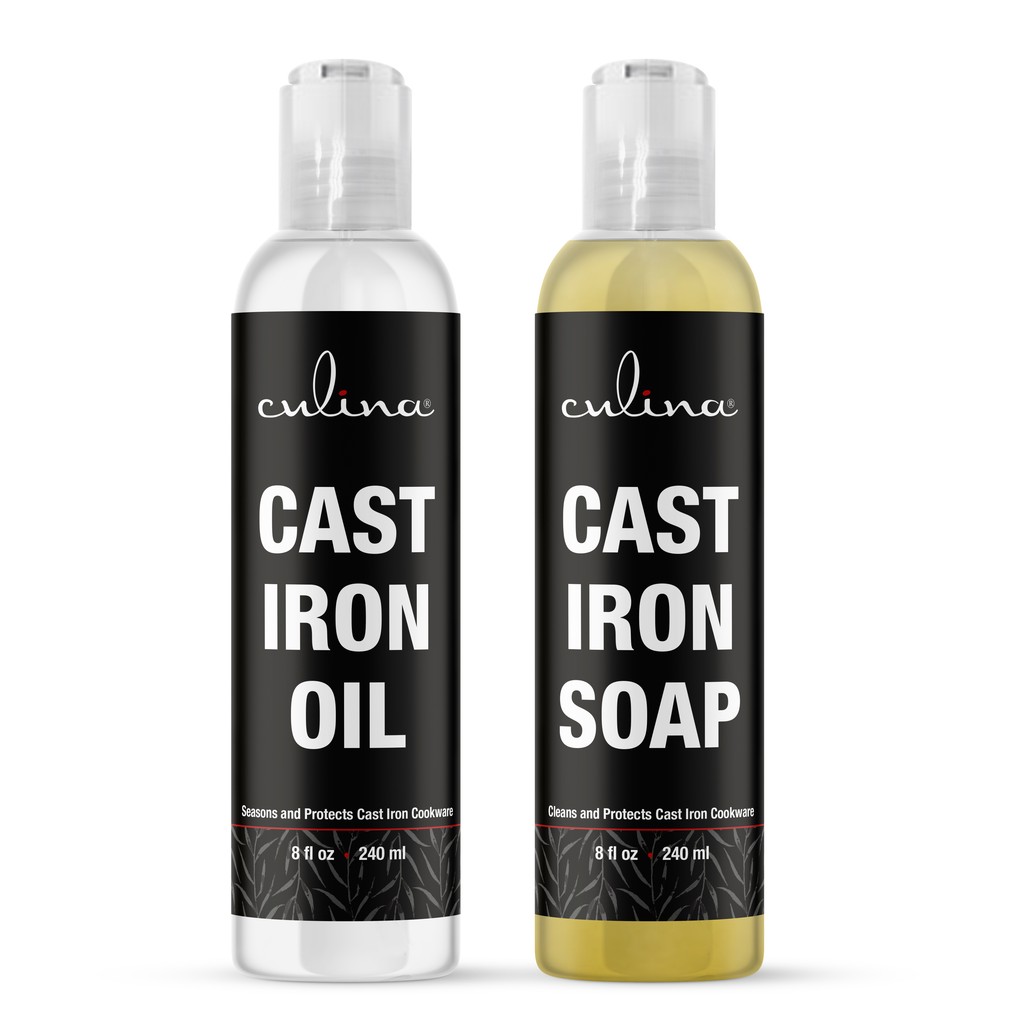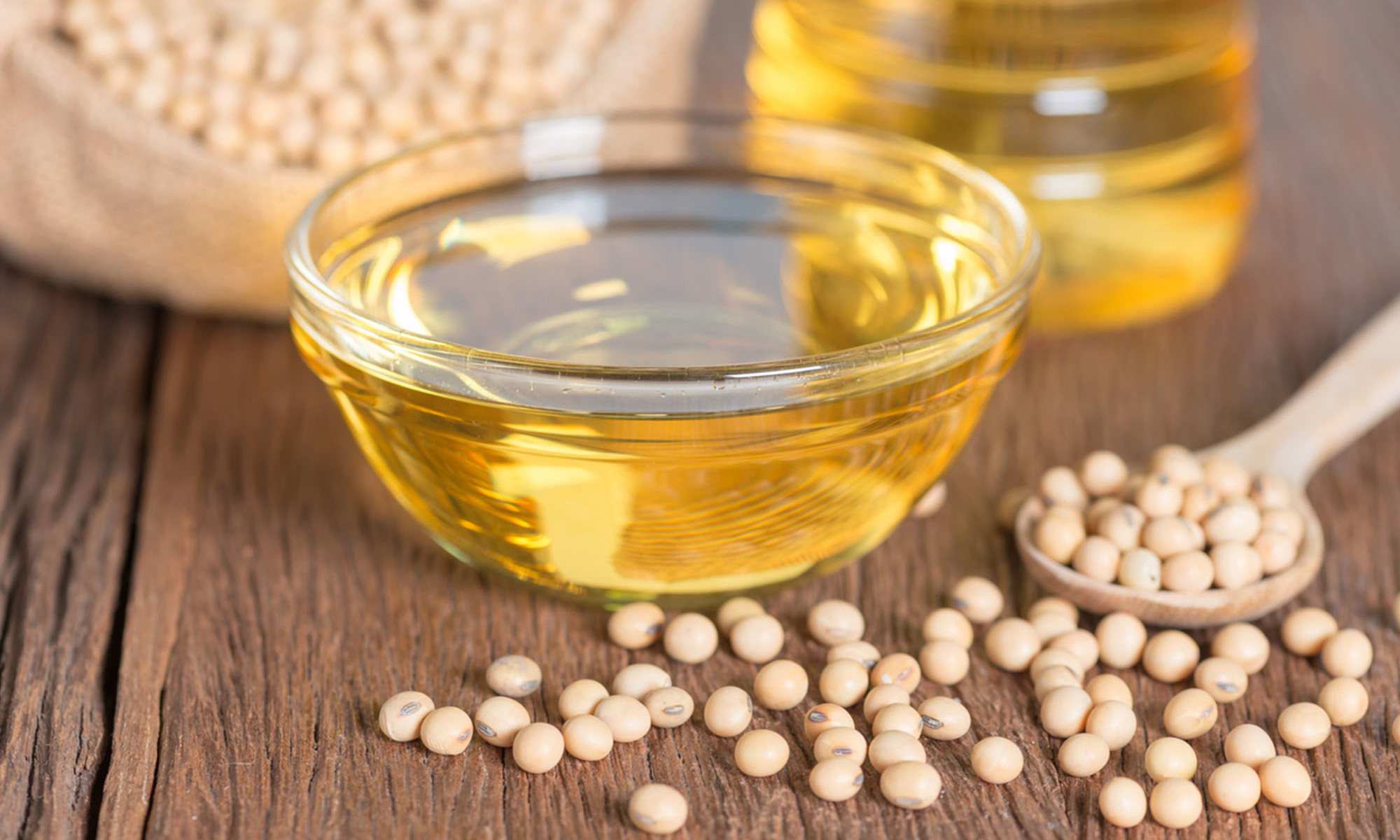How to Make Soybean Oil: A Step-by-Step Guide for Beauticians
Soybean oil has become a staple in the beauty industry due to its rich nutrient profile and versatility. If you are interested in how to make soybean oil, this comprehensive guide will walk you through each step of the process. Soybean oil is not only beneficial for cooking but also for skin and hair care, making it an essential ingredient for beauticians.
In this guide, we will delve deep into the methods, benefits, and uses of soybean oil in beauty. From its rich fatty acids to its emollient properties, soybean oil is a fantastic addition to your beauty products. By the end of this article, you will have a thorough understanding of how to create your own soybean oil and how to incorporate it into your beauty regimen.

Benefits of Soybean Oil in Beauty
Soybean oil is loaded with vitamins, antioxidants, and fatty acids. Here are some benefits that beauticians and consumers should know:
- Moisturizes Skin: Soybean oil is an excellent emollient that can help retain moisture and improve skin texture.
- Rich in Antioxidants: It contains natural antioxidants that help in combating free radicals, promoting healthier skin.
- Hair Conditioning: Applying soybean oil to hair can restore its luster and manageability.
- Reduces Inflammation: Soybean oil has anti-inflammatory properties that can soothe irritated skin.
Ingredients Needed to Make Soybean Oil
To create your own soybean oil, you will need:
- Whole soybeans
- Water
- High-quality oil press (cold press is recommended)
- Storage containers for the oil
Step-by-Step Process on How to Make Soybean Oil
Now let's dive into the steps needed for making soybean oil:
Step 1: Preparation of Soybeans
Start by sorting through the soybeans to remove any debris or damaged beans. Rinse them thoroughly under cold water.
Step 2: Soaking
Soak the cleaned soybeans in water for about 8-12 hours. This process helps to soften the beans and makes it easier to extract the oil.
Step 3: Drying
After soaking, drain the beans and let them dry completely. A dehydrator can be used to ensure they are moisture-free.
Step 4: Grinding
Once dried, grind the soybeans into a fine meal using a grinder or food processor. This increases the surface area for oil extraction.
Step 5: Oil Extraction
Transfer the ground soybean meal to your oil press. If using a cold press, ensure to follow the manufacturer's instructions for efficient extraction.
Step 6: Filtration
After collecting the oil, filter it through a cheesecloth or fine mesh strainer to remove any solid particles. This ensures the oil is clear and usable.
Step 7: Storage
Store the filtered soybean oil in a cool, dark place in airtight containers to maintain its freshness.

Uses of Soybean Oil in Beauty
Now that you know how to make soybean oil, lets look at some creative ways to incorporate it into your beauty routines:
Skincare Application
Mix soybean oil with essential oils for a rejuvenating massage oil.
Hair Treatment
Apply soybean oil as a hair mask to nourish and hydrate dry locks.
DIY Beauty Products
Incorporate soybean oil into homemade lotions, scrubs, or soaps.

Important Considerations
When using soybean oil in your beauty regimen, always perform a patch test to check for any allergic reactions. Consult with a healthcare professional if necessary, especially if used on sensitive skin. Additionally, check out what soybean oil is used for to further understand its applications.
FAQ about Soybean Oil
1. Is soybean oil safe for all skin types?
Generally, soybean oil is safe for various skin types, but do a patch test first to ensure compatibility.
2. How should I store home-made soybean oil?
Store it in a cool, dark place in sealed containers to prolong its shelf life.
3. Can I use soybean oil for cooking as well?
Yes, homemade soybean oil can be used for cooking, dressings, and frying.
As an Amazon Associate, I earn from qualifying purchases.

